Take action
Know the laws and assess the risk
Modern anti-slavery transparency laws around the world are increasingly placing a duty of care on firms to examine one’s supply chain. Any blindness — willful or not — will create risks for a company.

Create a strategic plan
Laws require companies to report on anti-slavery efforts, but a growing number are likely to require a “vigilance” or strategic plan accessing human rights risks among subsidiaries, subcontractors, and suppliers.

Know your materials supply chain
The growing complexity of supply chains requires rigorous auditing standards in the procurement process, while emerging technologies can help to dismantle illegal dependence on slave labor.
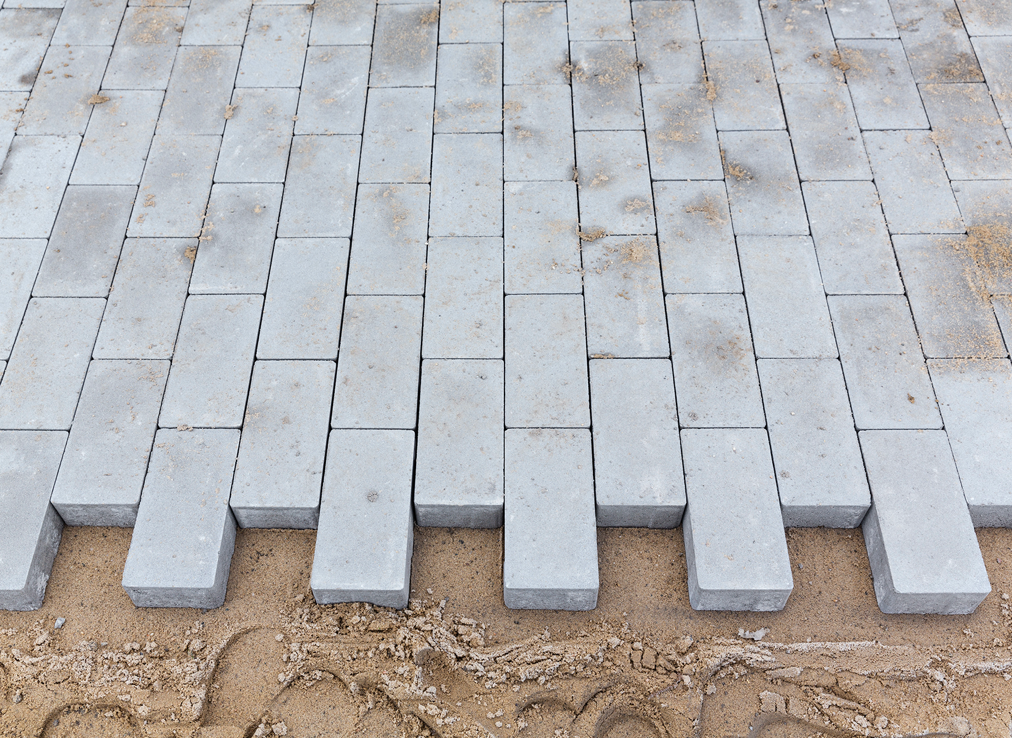
Mandate it
Ask and require provenance documentation to include verification of production without forced labor. Over 30 supply chain transparency resources can now be used as steps toward creating an ethical building supply chain.
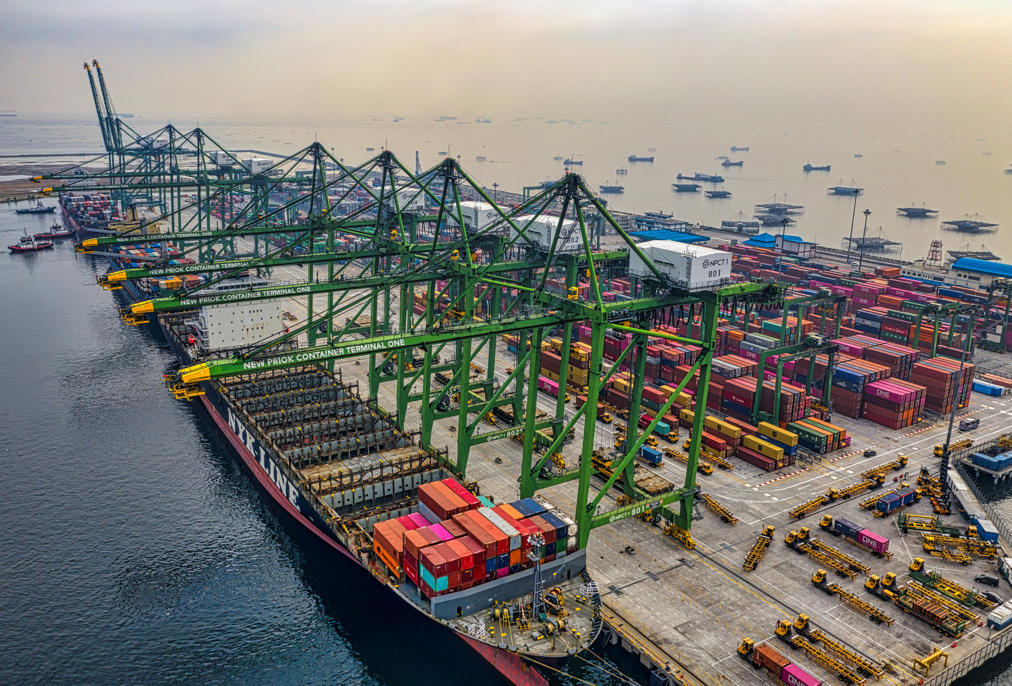
Big Data
Data and other innovative technology can help drive slave-free building.

Join the Design for Freedom Movement
Design more humanely. Use your agency and eradicate forced labor from the built environment.

Add a slave-free materials requirement to the OPR
Owners can help ensure an ethical building materials supply chain is used by adding this criterion to the Owner’s Project Requirement (OPR).
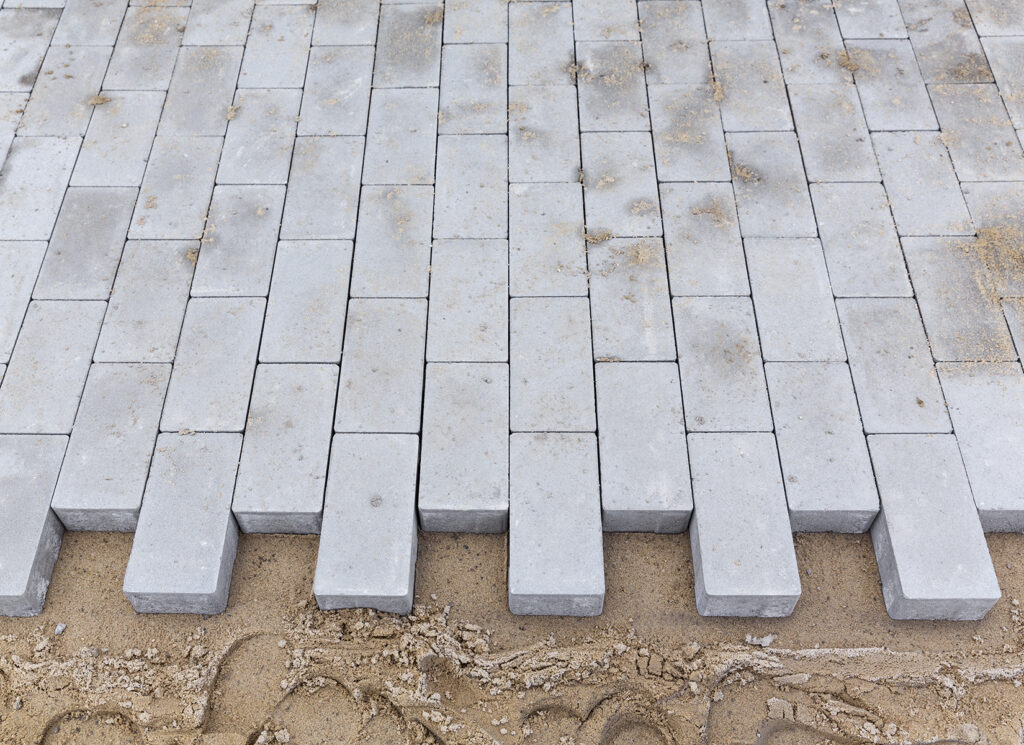
Add a contract clause
Establish expectations that improve transparency in the supply chain; right to review efforts to be made; preferably require specific reports on efforts and impacts, not just pledges and policy changes without implementation.

Add anti-slavery criterion into all modeling, materials examination and projects
Ask and require provenance documentation to include verification of production without forced labor. Over 30 supply chain transparency resources can now be used as steps toward creating an ethical building supply chain.
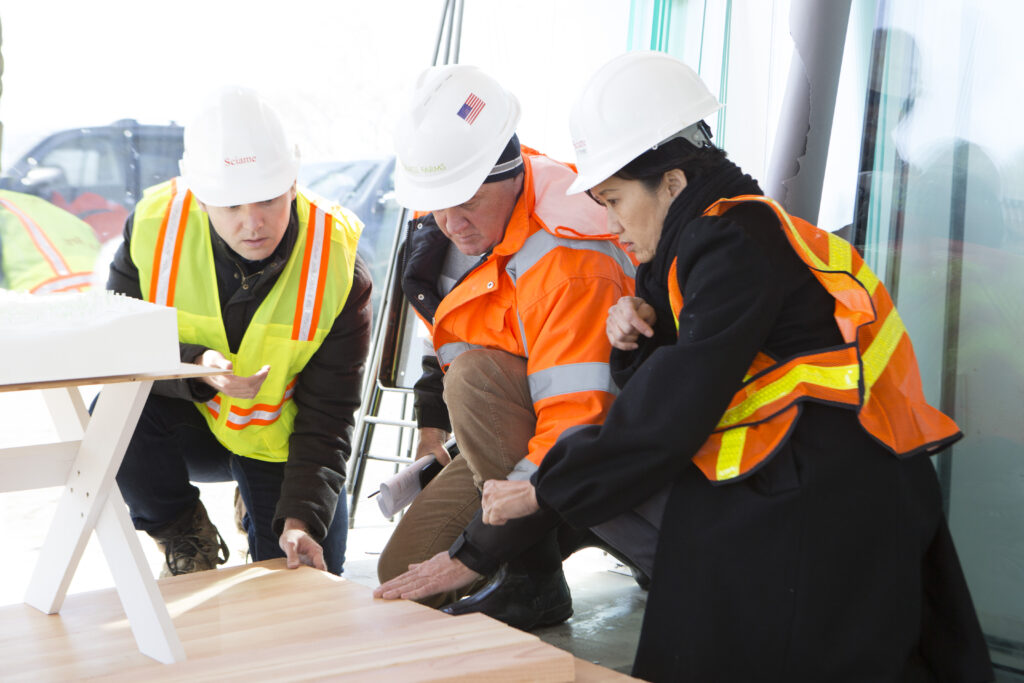
Invest in a supplier audit of high-risk raw materials
Audits are essential tools that can minimize your risk and ensure you know the source of all materials used in your project.

Participate in Industry pledges and Code of Ethics
Hire project team that will abide by industry pledges, starting with the architect. “Members should uphold human rights in all their professional endeavors.” The AIA Code of Conduct outlines the highest standards of professionalism, integrity, and competence, including not engaging in conduct involving “wanton disregard of the rights of others.”
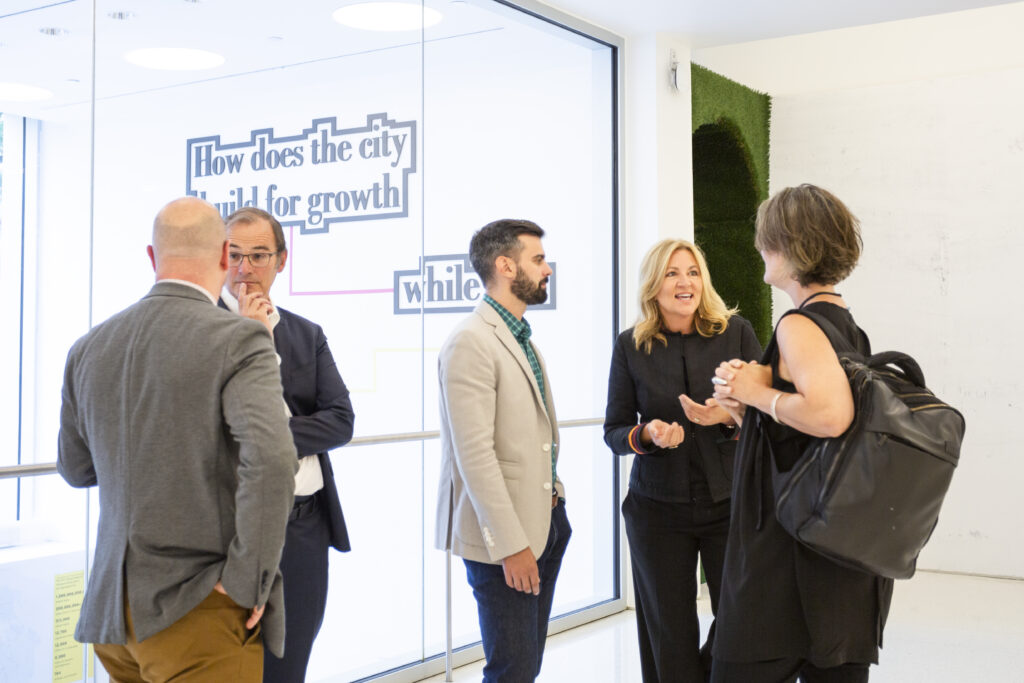
Join the Design for Freedom movement
Design more humanely. Use your agency and eradicate forced labor from the built environment.

Heighten requirements for slave-free materials in the specification process
Clearly outline the requirements to build slave-free from the very beginning of a project to ensure forced labor is eliminated in your supply chain.
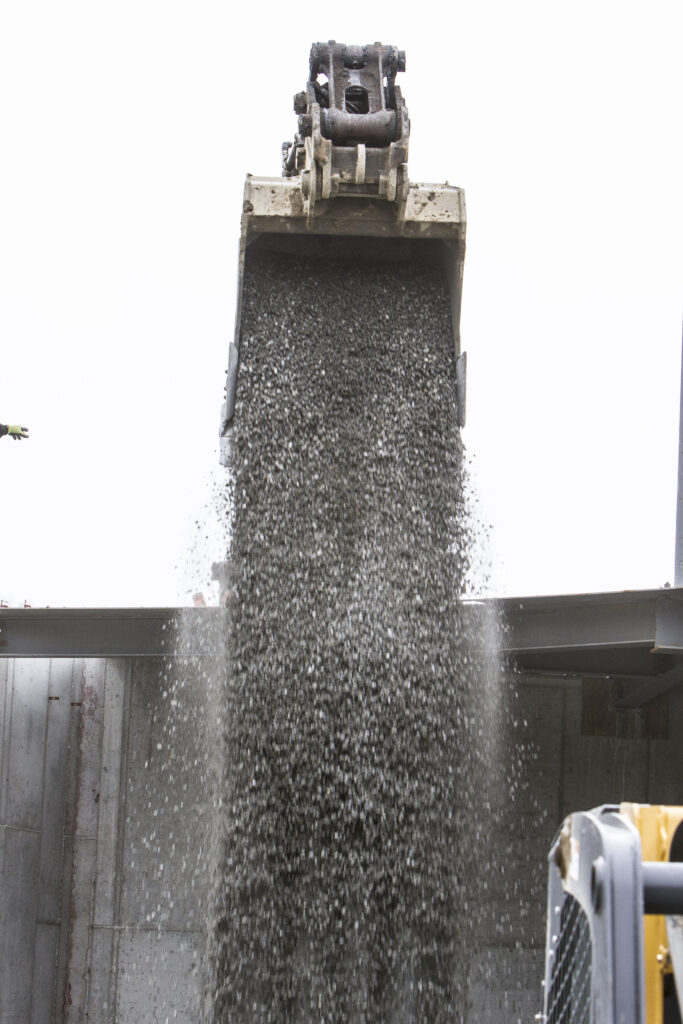
Prefer raw and composite materials that are certified to be made without forced labor
Know which materials are most at-risk and select alternatives.

Reassess what is in your Materials Library
Add important new resources about ethical building materials and supply chains and inquire whether each material is fabricated without forced labor.

Develop a decision matrix for how to choose inputs and choose suppliers when conditions are unknown
Use your matrix to consider how you might best build slave-free. Consider your suppliers, understand facts you must consider, and select the best options.

Ensure your contract includes a substantial completion relief clause and includes expectations and the right to review
Protect yourself and lessen your risk with changes to contracts to ensure slave-free building.

Add anti-slavery education to your firm’s “Lunch and Learn series” and other continuing education opportunities
Educate your colleagues at firm-wide meetings about what they can do to eliminate forced labor from the building materials supply chain.

Participate in industry Pledges and the AIA Code of Ethics
Hire project team that will abide by industry pledges, starting with the architect. “Members should uphold human rights in all their professional endeavors.” The AIA Code of Conduct outlines the highest standards of professionalism, integrity, and competence, including not engaging in conduct involving “wanton disregard of the rights of others.”

Join the Design for Freedom movement
Design more humanely. Use your agency and eradicate forced labor from the built environment.

Heighten the requirement for slave-free materials in the procurement process
Clearly outline the requirements to build slave-free from the very beginning of a project to ensure forced labor is eliminated in your supply chain.
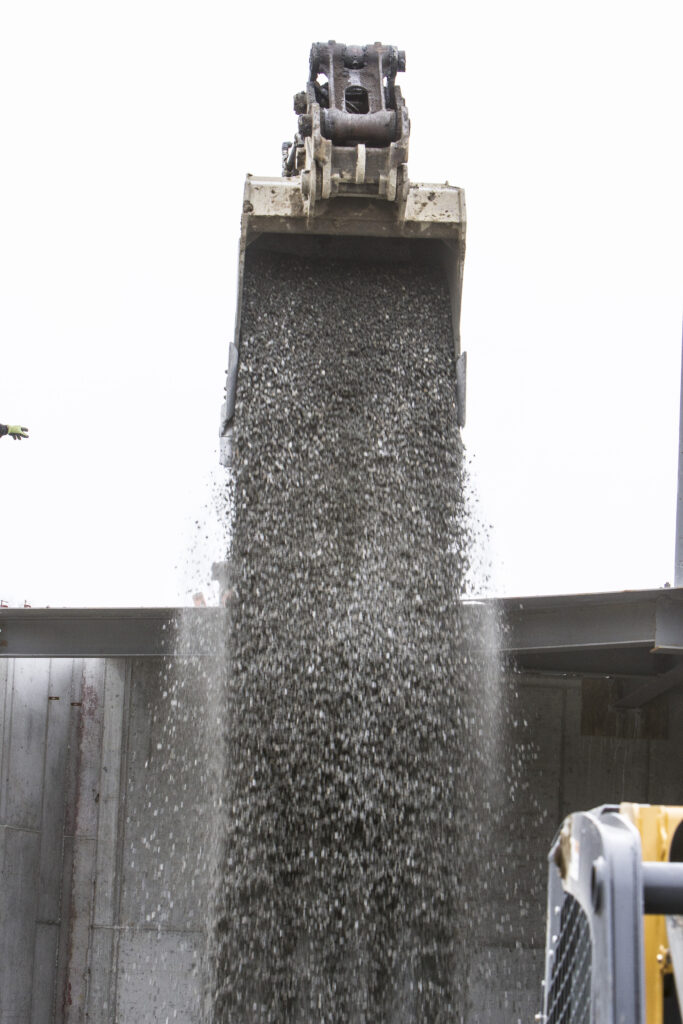
Ask all suppliers to provide Supplier Codes of Conduct and Certifications for all tiers in their supply chain
By doing due diligence and ensuring all suppliers are abiding by a code of conduct, you minimize your risk.

Determine ways that your procurement approaches might contribute to the problem and adapt
These ways might include timing, order changes, and price pressures.
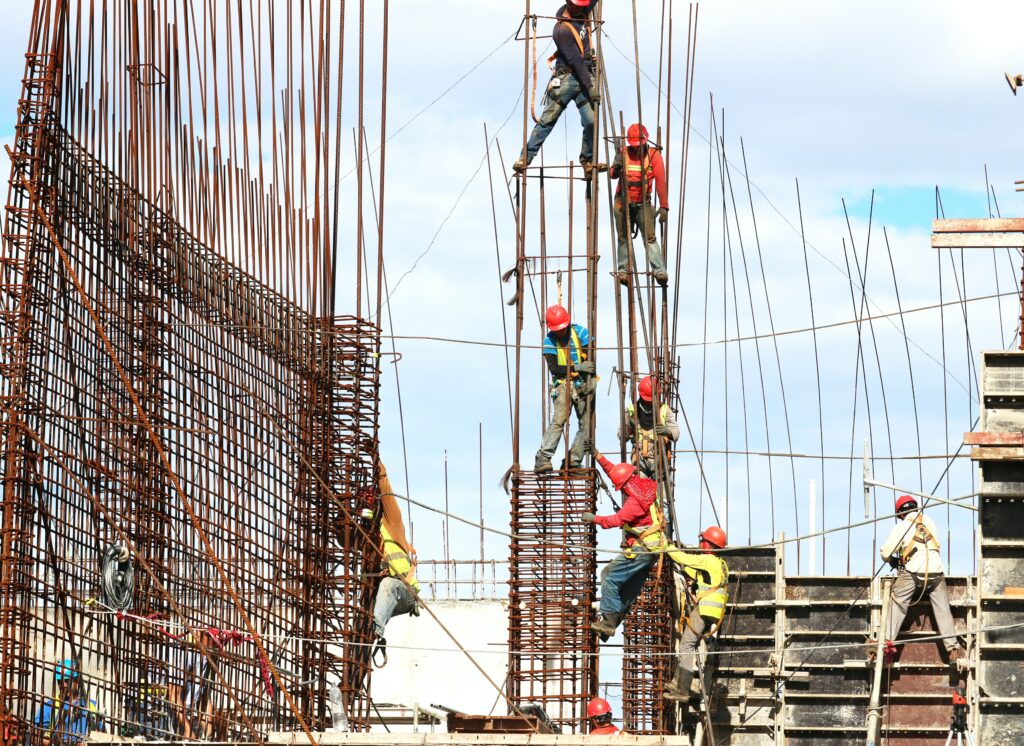
Demand more and better attention to labor issues
Demand this from all certifications and suppliers/producers with which you are associated.
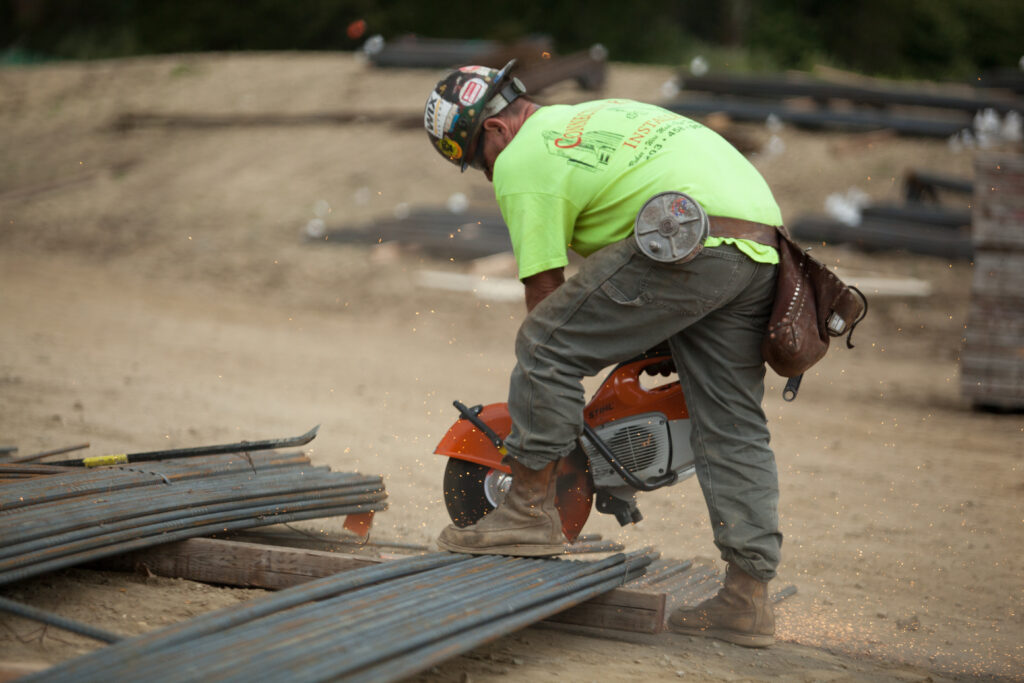
Audit your supply chain
Audits are essential tools that can minimize your risk and ensure you know the source of all materials used in your project.
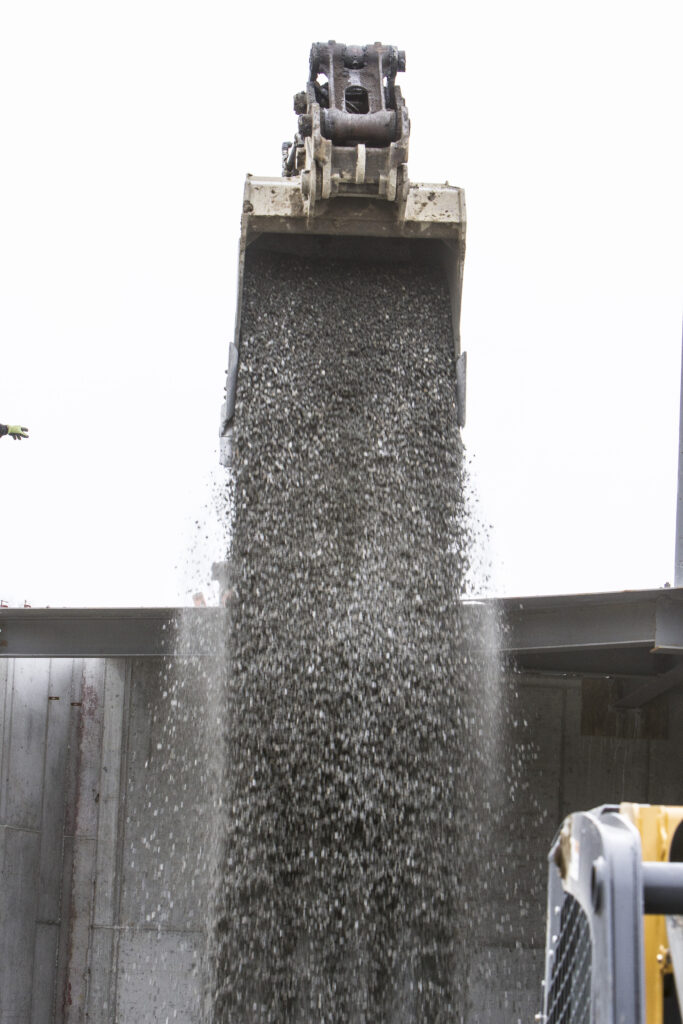
Add anti-slavery education to your firm’s “Lunch and Learn series” and other continuing education opportunities
Educate your colleagues at firm-wide meetings about what they can do to eliminate forced labor from the building materials supply chain.

Participate in Industry pledges and Code of Ethics
Abide by Building Responsibly Worker Welfare Principles on site.
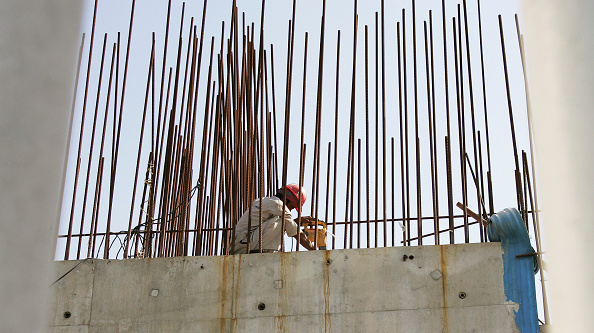
Join the Design for Freedom movement
Design more humanely. Use your agency and eradicate forced labor from the built environment.

Include anti-slavery requirements in a Supplier Code of Conduct
These requirements should cover all tiers in the supply chain for each material, raw and composite.

Require auditing of forced labor in supply chain, including both manufacturing/fabrication and raw material inputs
Audits are essential tools that can minimize your risk and ensure you know the source of all materials used in your project.
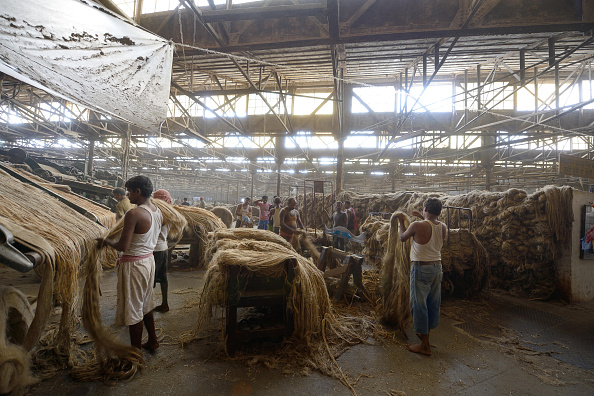
Emphasize risks for any migrant workers at all levels of supply chain
Provide for accountability measures for both suppliers and their recruitment agencies.
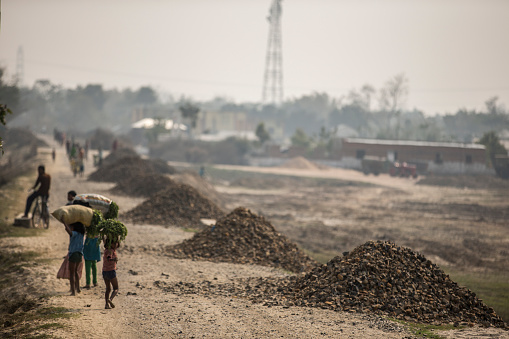
Include expectations for remediation of harms associated with suppliers
This should include return of fees paid by migrants that led to debt bondage.
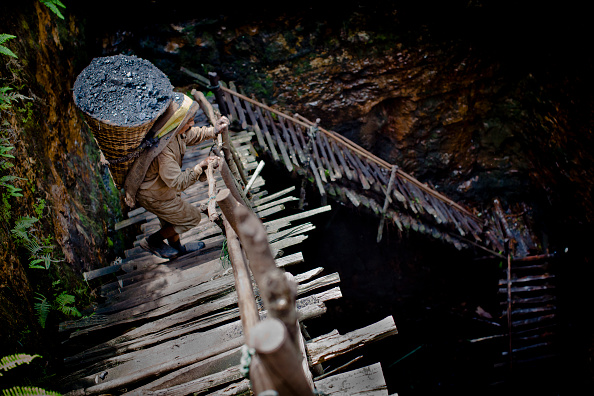
Participate in industry advocacy and pledges
Partner with government for better, more just policies related to migrants and other vulnerable communities in your supply chain.

Add anti-slavery education to your firm’s “Lunch and Learn series” and other continuing education opportunities
Educate your colleagues at firm-wide meetings about what they can do to eliminate forced labor from the building materials supply chain.

Meet ethical products standards
Abide by supplier codes of conduct and also require suppliers to do the same.

Join the Design for Freedom movement
Design more humanely. Use your agency and eradicate forced labor from the built environment.

Add anti-slavery criterion into all modeling, materials examination and projects
Ask and require provenance documentation to include verification of production without forced labor. Over 30 supply chain transparency resources can now be used as steps toward creating an ethical building supply chain.

Reassess what is in your Materials Library
Add important new resources about ethical building materials and supply chains and inquire whether each material is fabricated without forced labor.

Incorporate labor/social issues into environmentally-driven research and certification systems
Develop the case for true sustainability and bring human rights and environmental justice into the conversation in higher education and practice.

Sponsor and collaborate on forced labor research and other abuses associated with construction materials
Work across disciplines and schools to strengthen research opportunities to examine abuses and develop solutions to these pressing humanitarian issues.

Participate in policy initiatives
Promote policies that prevent rather than facilitate trafficking risk for migrants.

Add anti-slavery education to faculty meetings, “Lunch and Learn series” and other continuing education opportunities
Add anti-slavery education to your presentations, papers, and other educational projects.
Educate other students about what they can do to eliminate forced labor from the building materials supply chain.

Advocate for universities to build slave-free
Work with administrations to add slave-free criterion to campus building projects; empower faculty and students to collaborate on anti-forced labor research and integrate slave-free design into curricula.

Learn more about student and university involvement in the movement
Colleges and universities are responsible for teaching students to think critically and act responsibly. To prepare them for a changing world. To be problem solvers. By integrating Design for Freedom into the university experience – you are pushing each of these objectives forward.
